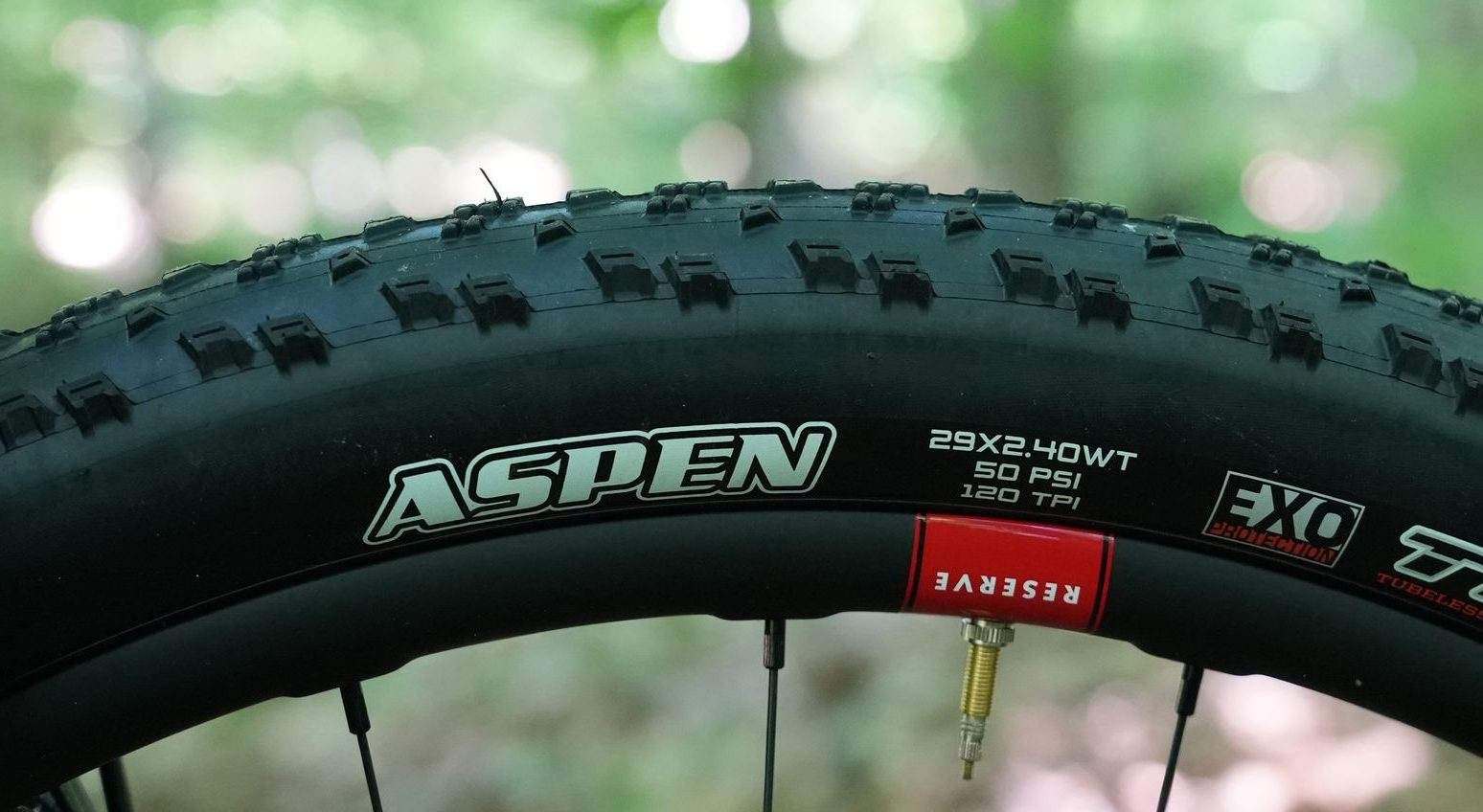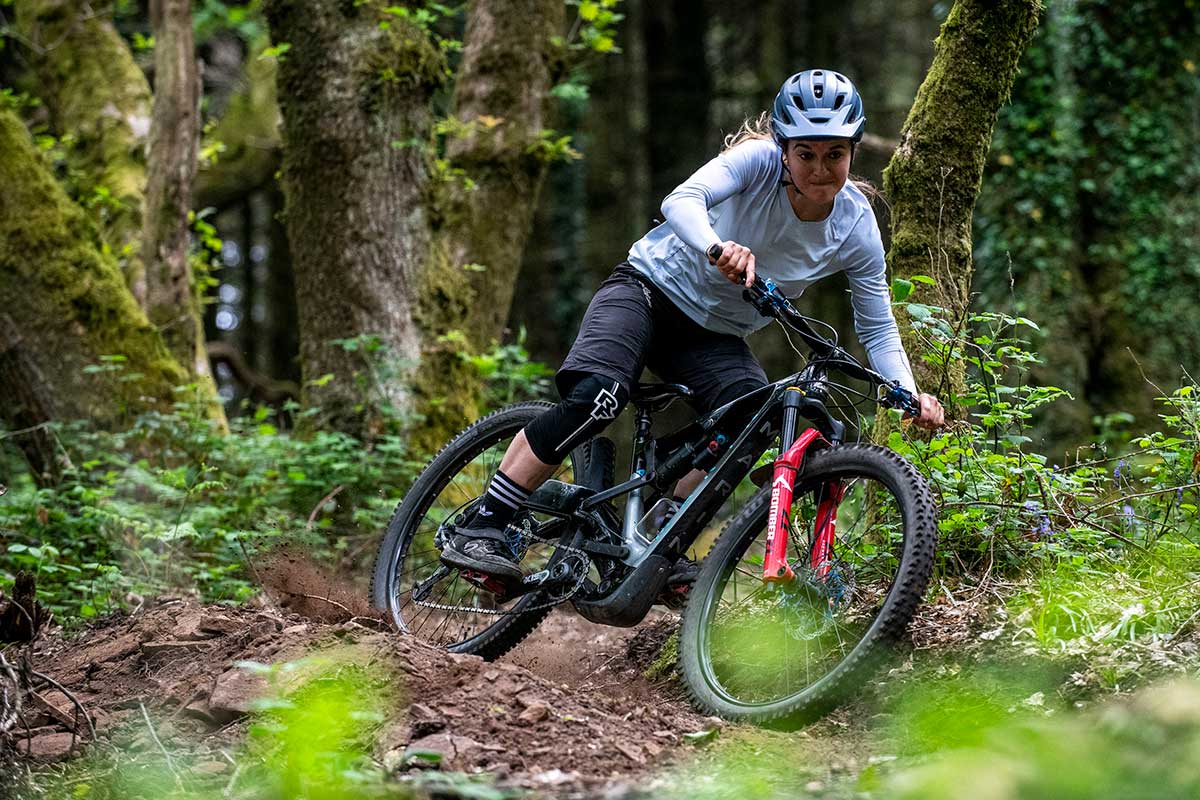We know, there’s no such thing as a stupid question. But there are some questions you might not want to ask your local shop or riding buddies. AASQ is our weekly series where we get to the bottom of your questions – serious or otherwise. Hit the link at the bottom of the post to submit your own question.
Welcome back to the Bikerumor Ask A Stupid Question series. This week we are joined by Maxxis, Vittoria and WTB to discuss tire insert-specific tires and why manufacturers haven’t yet brought a lightweight “heavy casing” tire to market. Your expert contributors are as follows:
- Ken Avery, SVP Product Development at Vittoria Industries North America
- James Heaton and Clayton Wangbichler, Marketing and Public Relations at WTB
- Aaron Chamberlain, MTB Marketing Manager at Maxxis
Why doesn’t anyone make a tire specifically built for use with tire inserts? Why not light, flexible casing with tread and rubber compound for ultra-low pressures?
Maxxis: This is an interesting question and topic more broadly. The question isn’t clear on what particular discipline of mountain biking we’re talking about here, but the descriptors “lightweight,” “flexible,” and “ultra-low pressures,” all seem to indicate more of the XC side of the spectrum. I would argue that at least some of our products already tick these boxes.
Treads like our Aspen, Rekon Race, and Ikon are all available with light, flexible 120 TPI casings, and can run low pressures (depending on numerous factors like rim width, rider weight, terrain, riding style, etc.) with or without inserts.
It’s possible that performance gains could be made by designing a tire to work with an insert, but which insert? There are tons of options on the market each with their own take on what makes a “good” insert. To really see benefits, I think you’d have to take a system approach and take into account the entire wheel package, meaning the rim, the hub, the spokes, the nipples, the insert, and the tire. That would be a really cool project, but Maxxis is a rubber company so that’s where our expertise lies.
Obviously, whether or not a rider uses inserts is up to them, but in my experience most (not all, because I know someone will say something in the comments) riders would be better served by experimenting with tire pressure or using a different casing construction. Again, this all depends on what type of riding you’re doing and what performance characteristics you personally prioritize, but if you want more sidewall support add a couple of PSI to your tires or go with a sturdier construction (EXO -> EXO+ -> DoubleDown -> Downhill).
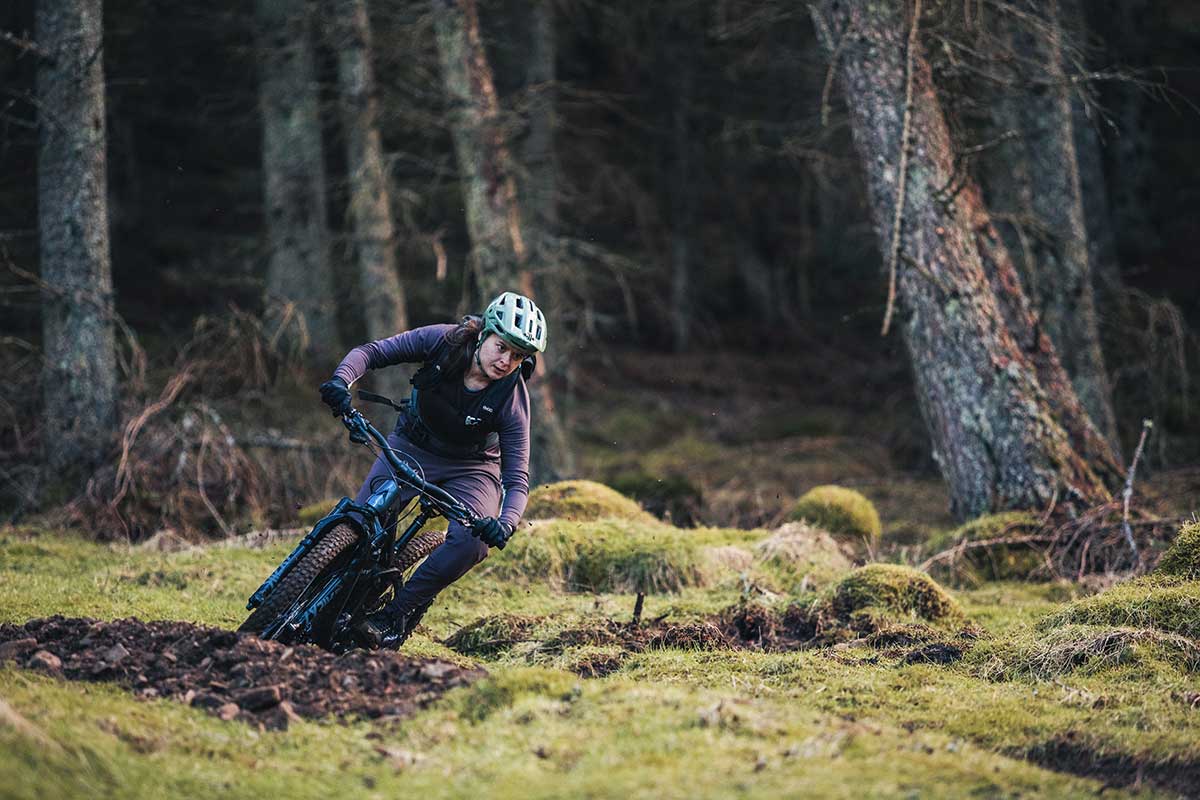
Inserts can help prevent tire damage from snake bites but they do diddly for sidewall tears or punctures through the tread area which are going to be relatively more prevalent with an ultralight tire. Wrestling with an insert to fix a trail-side flat sucks and if you end up needing to remove it you’re going to have to carry a sealant-covered pool noodle out of the woods.
I have tried the ultra-light tire + insert + ultra-low pressure thing with mixed results. Climbing traction was great even with a low profile tread, but there was a ton of unnerving tire roll while cornering. To me, inserts make a lot of sense in enduro and DH race applications for the increased support and impact protection, but if you’re an average XC or trail rider they are probably overkill. Of course there are other benefits inserts provide that riders may like but I’m not convinced they overcome the downsides for a majority of riders out there.
Vittoria: While it’s true that in certain types of riding you can use a lighter tire with an insert, it’s not always the case. An insert will serve to reduce the tire bottoming out, and also add to sidewall stability, but only to a point. A lighter casing will typically be more flexible, and less durable, which would reduce the ultimate protection and stability of the system.

The beauty of the question is that most tire brands already make their most popular models in multiple casing options, to allow riders to do this very type of tuning. For example, a rider may use the Vittoria Enduro 2-ply casing with an insert for Enduro type riding at high speed. That same person may choose the exact same tread, but in a lighter 1-ply Trail casing, and add an insert for general Trail type riding. The same is true of XC applications, when comparing XC-Race casing vs XC casing options that have sidewall protection.
WTB: Nobody makes tires specifically for use with tire inserts because tire inserts are already made specifically for tires. Product design and development tends to optimize the design of the larger component and then cater to that design with improvement through smaller/supportive components. Thinking on it a bit more, we’re wondering which aspects of tire design could be changed to further benefit tire insert usage. What are your thoughts?
If cost were no object, could a tire be made with the casing stiffness and flat prevention of a downhill-oriented tire but the weight of a “lighter casing” tire? Or are there technical hurdles preventing this?
WTB: Ultra-low pressures typically require the exact opposite when it comes to casing and tread. The lower the pressures, the thicker and more supportive of a tire is required. Primarily in the sidewall, to prevent folding. Lighter and more flexible casings would only make it worse.
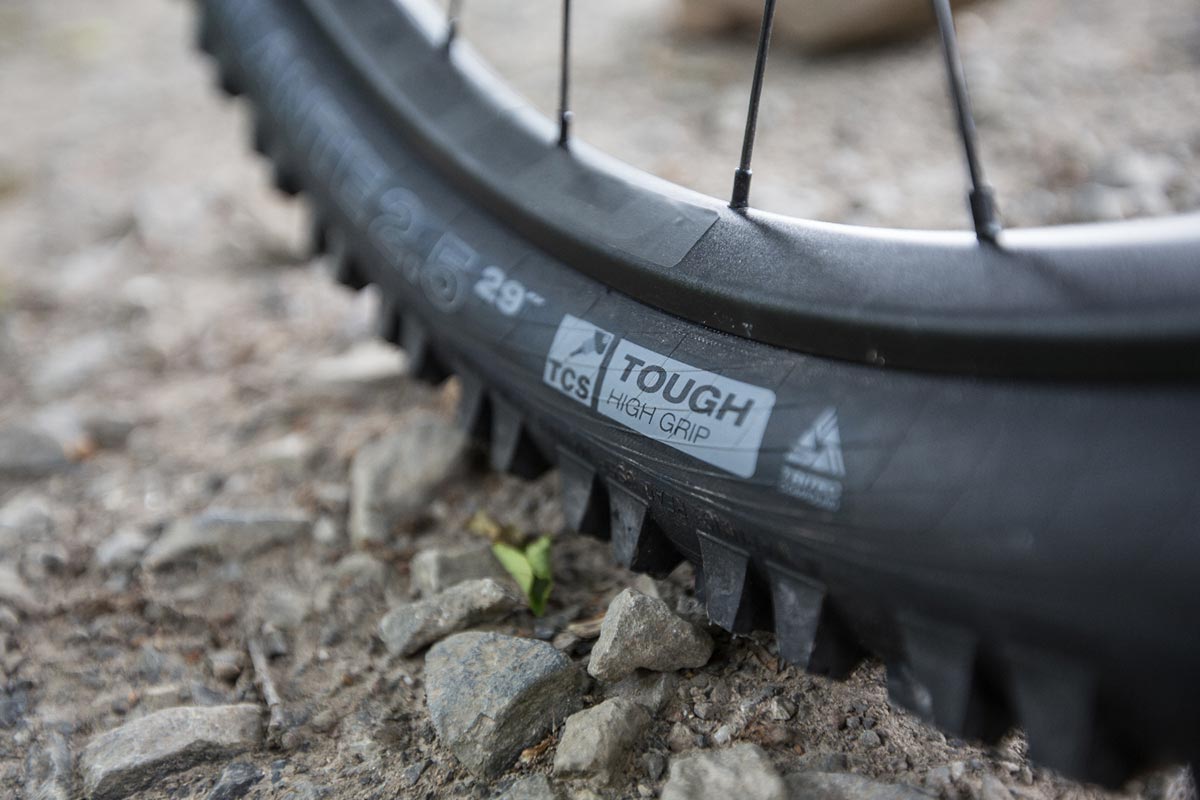
We suggest riders who run lower-than-average pressures check out our TCS Tough tires, which feature two full layers of casing from bead to bead. Pulling from a different sport perspective…dirt bikers who run tubeless setups often run 5-8 psi in their rear tire, which often translated to tire choice being heavily determined by which casing is the burliest and stiffest.
Vittoria: If you find a way, please let me know, ha ha! We do work tirelessly with new and different materials to explore solutions like this, all with the intention to improve performance while solving issues.
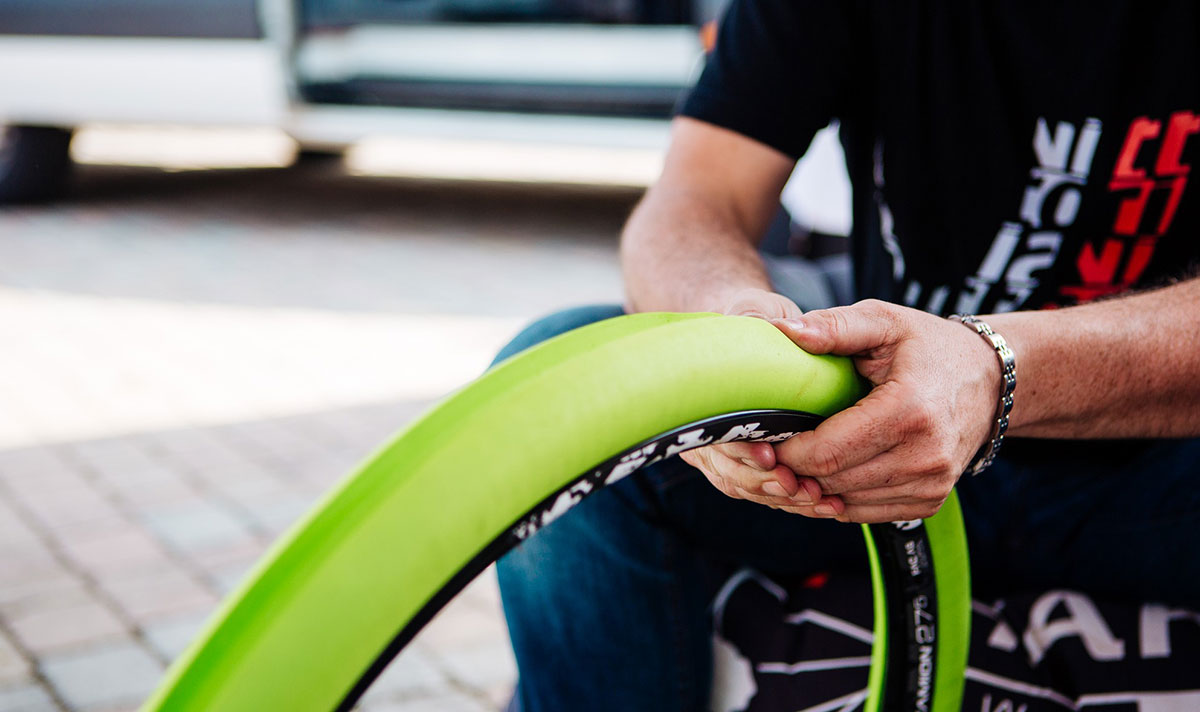
The new crop of tire inserts are likely the closest thing that is currently available to achieve the best balance of what you describe. If you haven’t tried them yet, they can be a game changer, even for lightweight XC riding.
Maxxis: If money were no object I’m sure such a tire could be developed, but I’m also sure the materials and construction methods used would make said tire insanely expensive and therefore not commercially viable. For example, we currently provide our top teams and riders with constructions that aren’t available to the public simply because they would be too expensive for the end consumer. See our previous discussions about tubulars and “ZK”.
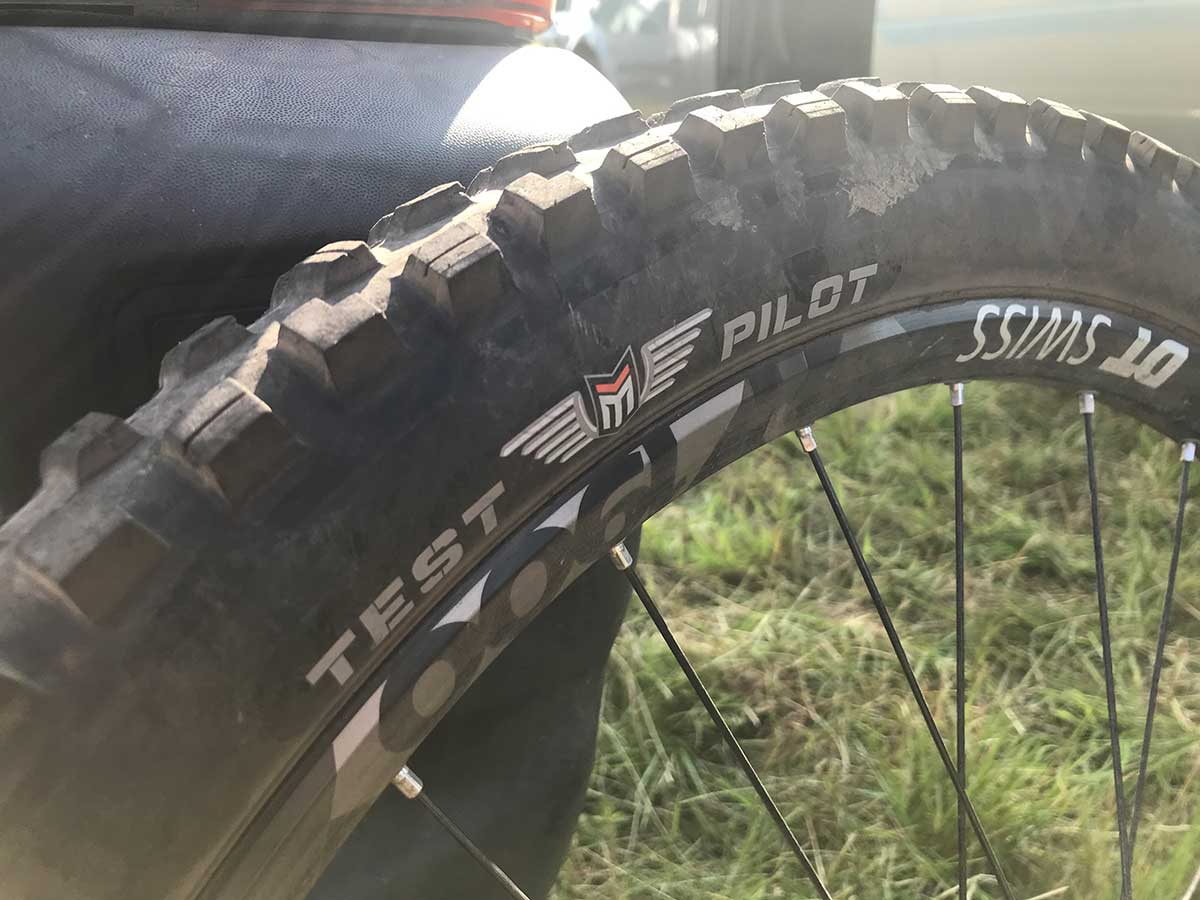
Got a question of your own? Click here to use the Ask A Stupid Question form to submit questions on any cycling-related topic of your choice, and we’ll get the experts to answer them for you!

